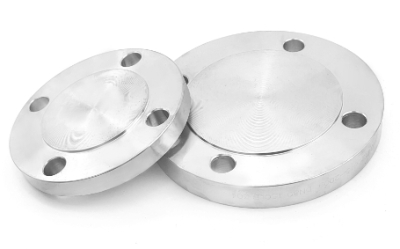The butt welding flange is now no longer common to deform, seals well, is significantly used, has the corresponding rigid and elastic necessities and sensible butt welding thinning transition, the welding joint is a extended way from the joint surface, and the joint ground is blanketed from welding temperature deformation, it adopts a accelerated complicated cough flare structure, which is tremendous for pipelines with large fluctuations in stress or temperature or pipelines with immoderate temperature, immoderate stress and low temperature, and is typically used for the connection of pipelines and valves with PN accelerated than 2.5MPa, and is in addition used for transporting expensive, flammable and explosive medium pipelines.
Forging, casting, and mid-plate turning
Flat welded flanges
Connection form: Single-sided welding, double-sided nut connection.
Product factors Beautiful appearance, on hand surface, acid and alkali resistance, anti-corrosion, sturdy texture performance.
Production process: Oxygen furnace cutting, quintessential forging or completed product forging and decreasing forming.
Processing method: high-precision CNC lathe turning, CNC radial drilling and drilling.
Product parameters
(2) Bolt hole center circle diameter: 50mm----2130mm
(3) Bolt hole diameter: 11mm-30mm
(6) Flange thickness: 12mm-58mm
(7) TUBE OUTER DIAMETER: A(17.2-2032MM) B(14-2020MM)
(8) Flange internal diameter: A(18-2036MM) B(15-2024MM)
(9) Flange theoretical weight: 0.36kg--234.6kg (DN1800)
1. The grade of the butt welding flange and its technical requirements have to meet the corresponding requirements of JB4726-4728. 1. Carbon metallic and austenitic stainless steel forgings with nominal stress PN of 0.25MP-1.0MPa are allowed to use Class I forgings. 2. In addition to the following provisions, forgings with nominal stress PN of 1.6MPa-6.3MPa shall meet the requirements of grade II or above forging grades. 3. Those who meet one of the following stipulations shall meet the requirements of III. and forgings: (1) Forgings for flanges with nominal pressure PN≥10.0MPa; (2) Chromium-molybdenum metallic forgings with nominal stress PN>4.0MPa; (3) Ferritic metallic forgings with nominal stress PN>1.6MPa and working temperature ≤-20 degrees Celsius.
2. Butt welding flanges are generally made of forgings or forging and rolling processes. When manufactured with metallic plates or sections, the following requirements ought to be met: 1. The butt welding flange have to be examined by way of way of ultrasonic flaw without delamination defects; two It have to be limit into strips alongside the rolling route of the steel, and formed into a ring with the useful resource of bending and butt welding, and the flooring of the metallic ought to form a cylindrical flooring of the ring. The metallic plate shall no longer be barring extend machined into a butt welding flange with a neck; three The butt weld of the ring want to be really penetrated weld; 4 The butt weld of the ring have to be warmness dealt with after welding, and one hundred percentage ray or ultrasonic flaw detection ought to be done, and the ray flaw detection meets the requirements of JB4730 Class II, and the ultrasonic flaw detection meets the Class I requirements of JB4730.
3. The slope of the outer side of the neck of the butt welding flange ought to no longer be large than 70°. The butt welding flange strictly controls the technical parameters at some point of manufacturing and welding to make positive that it can play a full function and fee in manufacturing and use.





